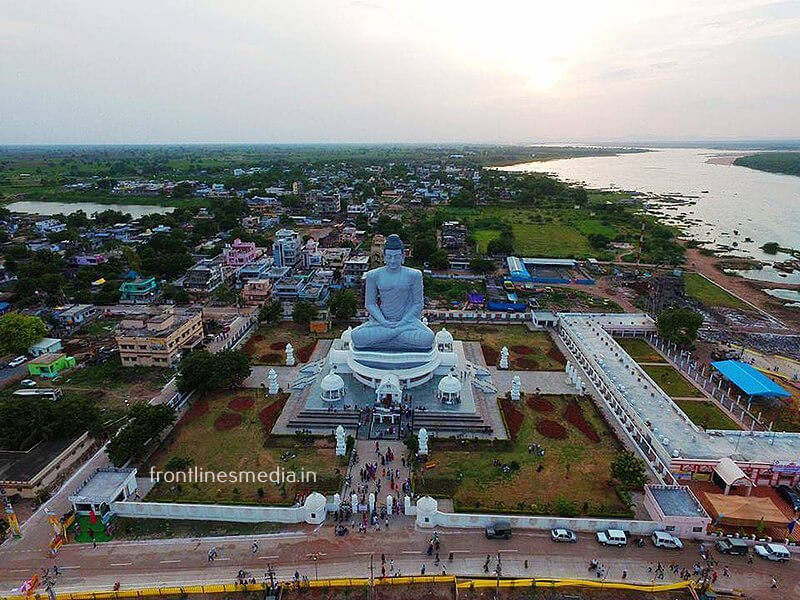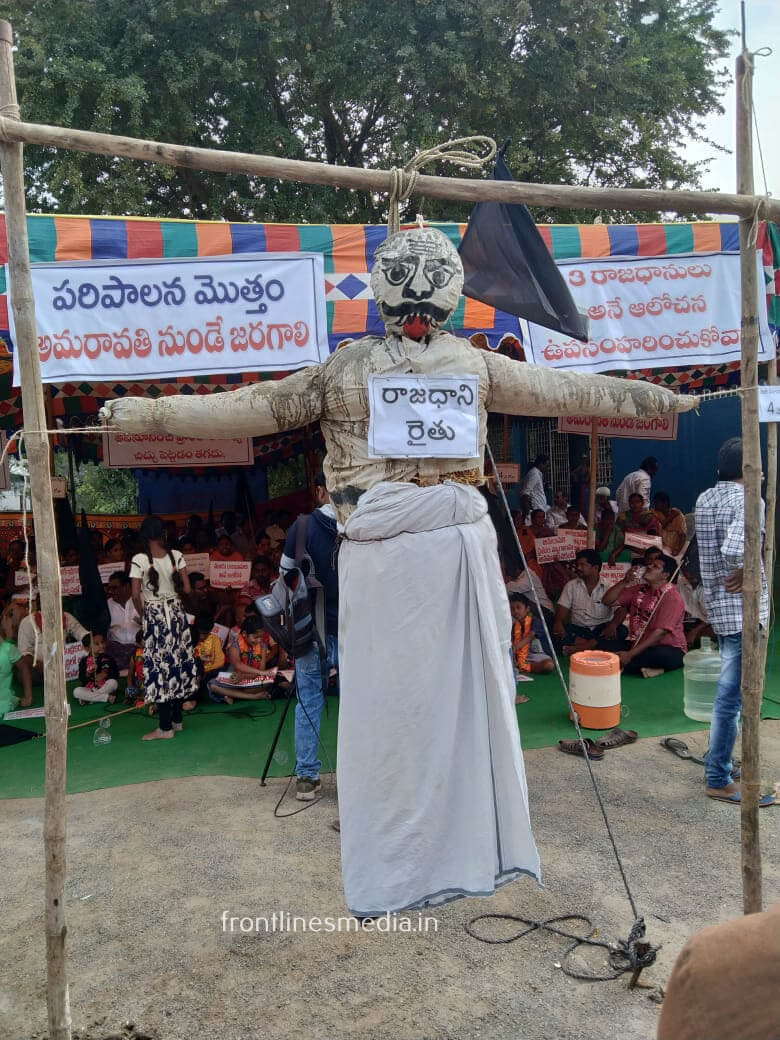Since the formation of Andhra Pradesh on 1 November 1956, the state has been following a single capital concept. Even the previous government is more inclined to a grand single capital than multiple capitals. However, the present Andhra Pradesh chief minister, YS Jagan Mohan Reddy has hinted on the adoption of a 3 capital model on the lines of South Africa.

A government consists of 3 organs. Here, the government proposes to establish these institutions for these 3 organs.
Judiciary: a high court in Kurnool.
Executive: Secretariat in Vishakapatnam.
Legislature: legislative assembly and council in the present capital region Amaravati.
This particular announcement has given rise to an intense debate on the feasibility of 3 capital regions

Let us take a look at the arguments favorable and against the issue.
Arguments in favor:
The multiple capital idea is not new, it has been a prevailing practice in countries like South Africa, Brazil, Australia and Bolivia and even in some states in India like
Kerala: where high court is in Kochi and the legislature and Secretariat in Thiruvananthapuram. And in Uttarakhand and Lucknow.
The other argument in favor is it sits in line with various reports like-
Sribagh pact, which happened between Rayalaseema and coastal Andhra in 1937, where it was decided that if high court is in coastal Andhra, capital should be in Rayalaseema. but after the formation of Andhra Pradesh, it was left out and Hyderabad became the capital. And even the Srikrishna committee, which was set up to decide the capital region for AP recommended having high court and other institutions in different regions.
And a secretariat in Vizag can help in the development of regions like Vizianagaram and Srikakulam, which consists of most of the tribal and rural areas and are the most backward regions of the state. This may bring health and educational access to the region and may prevent uddanam like incidents, where several people are suffering from chronic kidney disease.
Kurnool having a high court is like doing Justice to the district or even entire Rayalaseema, as it is the most backward region when compared with coastal Andhra and Telangana with Hyderabad at the time of bifurcation.
It lagged in all the 3 sectors: agriculture, industrial and service sectors. So like Kochi, which has a high court, the entire region can get benefitted from this decision.
Another one is, having a single capital can result in having most of the development and investments in and around only that region. The classic example is Hyderabad. And because of it, AP has lost most of its GDP, critical infrastructure and institutions.
Until now, we have seen the arguments in favor of the 3 capital concept in the state and now let’s get some insights in the arguments against the idea.
India’s east coast faces a higher probability of cyclones in the country and AP is also one of the regions that have been really affected badly due to them. And it’s a recurring phenomenon, happens every October and November.
Having a secretariat, critical executive infrastructure and high density of population in the cyclone-prone region like Vizag can result in a high loss of life and property.
For example, the Hudhud cyclone caused devastation upon the Vizag city in 2014.
And another counter-argument is the issue of accessibility. One should realize that these 3 organs, most of the time have to work in resonance as most of their work is interlinked.
For example, a policy or a bill is made by the cabinet in Secretariat in Vizag and the bill has to be passed in the legislature in Amaravati and if any conflict arises it has to be given judgment in the high court situated in Kurnool. It will result in the traveling cost not only for the public authorities but also for a common person, for example, a person in Kurnool has to travel about 700 km to get work done in Secretariat in Vizag. So a single capital not only reduces the cost but also time is taken to get the work done.
Another counter-argument is strengthening the local bodies, both in urban and rural areas. If the government’s goal is to decentralize development, the best way possible is the financial strengthening of the local bodies, granting more money to execute their functions in the 11 th and 12 th schedule of the Indian constitution. This not only results in the development of even remote areas but also improve governance, as it increases the participation of common people in the development process.
And the important counterpoint is about the people mostly farmers of 29 villages, who gave farmland in and around previously selected Amaravati region, to the previous government in land pooling, where they are expecting to get in return land and commercial building. Now they feel cheated after backing out of the previously proposed single capital.
This may result in people from other regions being skeptical ( doubt ) of the government’s Promises in the future, Making it very difficult in the land acquisition or pooling for any development process.
So, these are plus and minus points that are being discussed since the Honorable chief minister has spoken on the 3 capital issue in the legislative assembly.
Let us know your views on this issue




So make Kurnool Capital Again